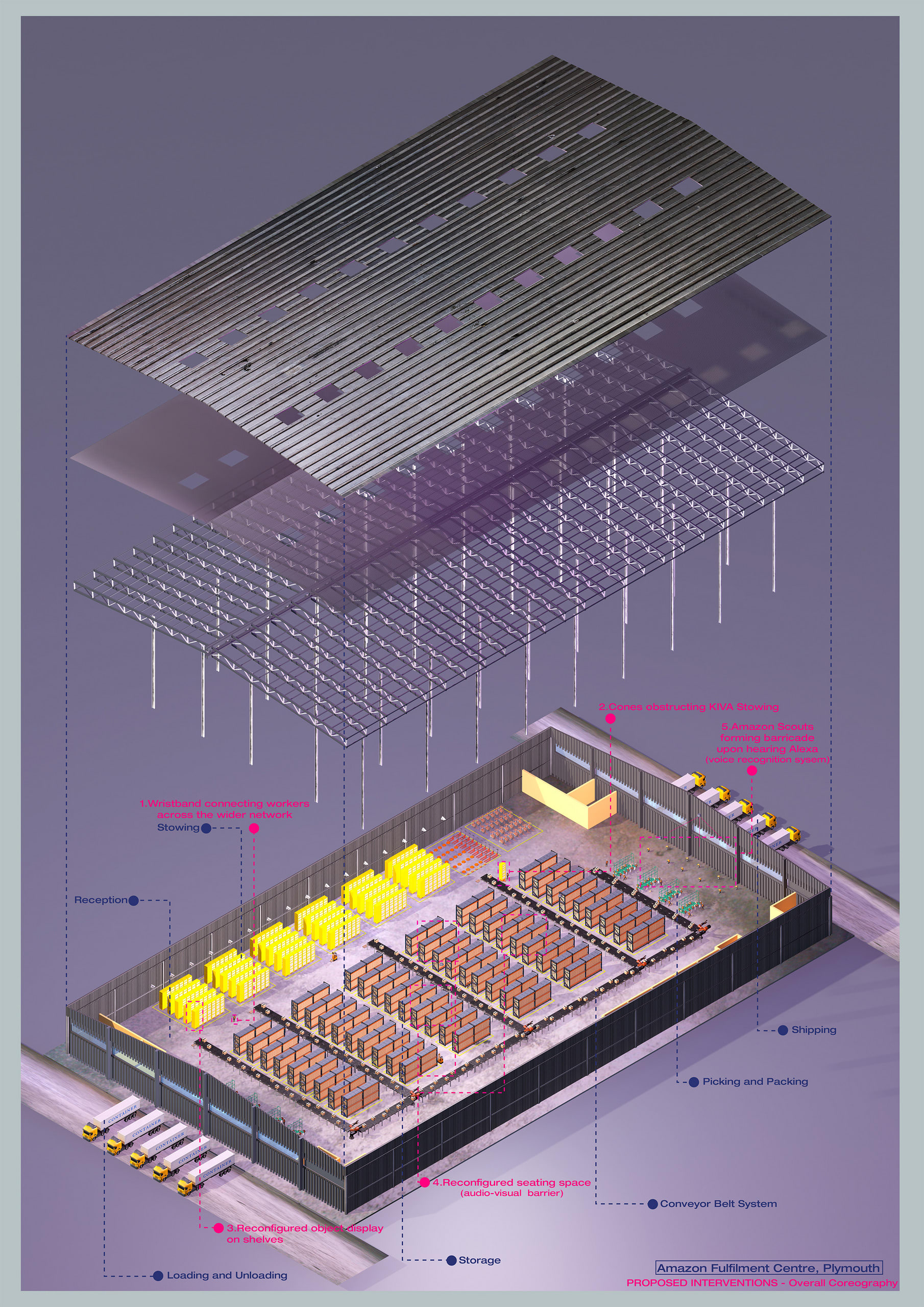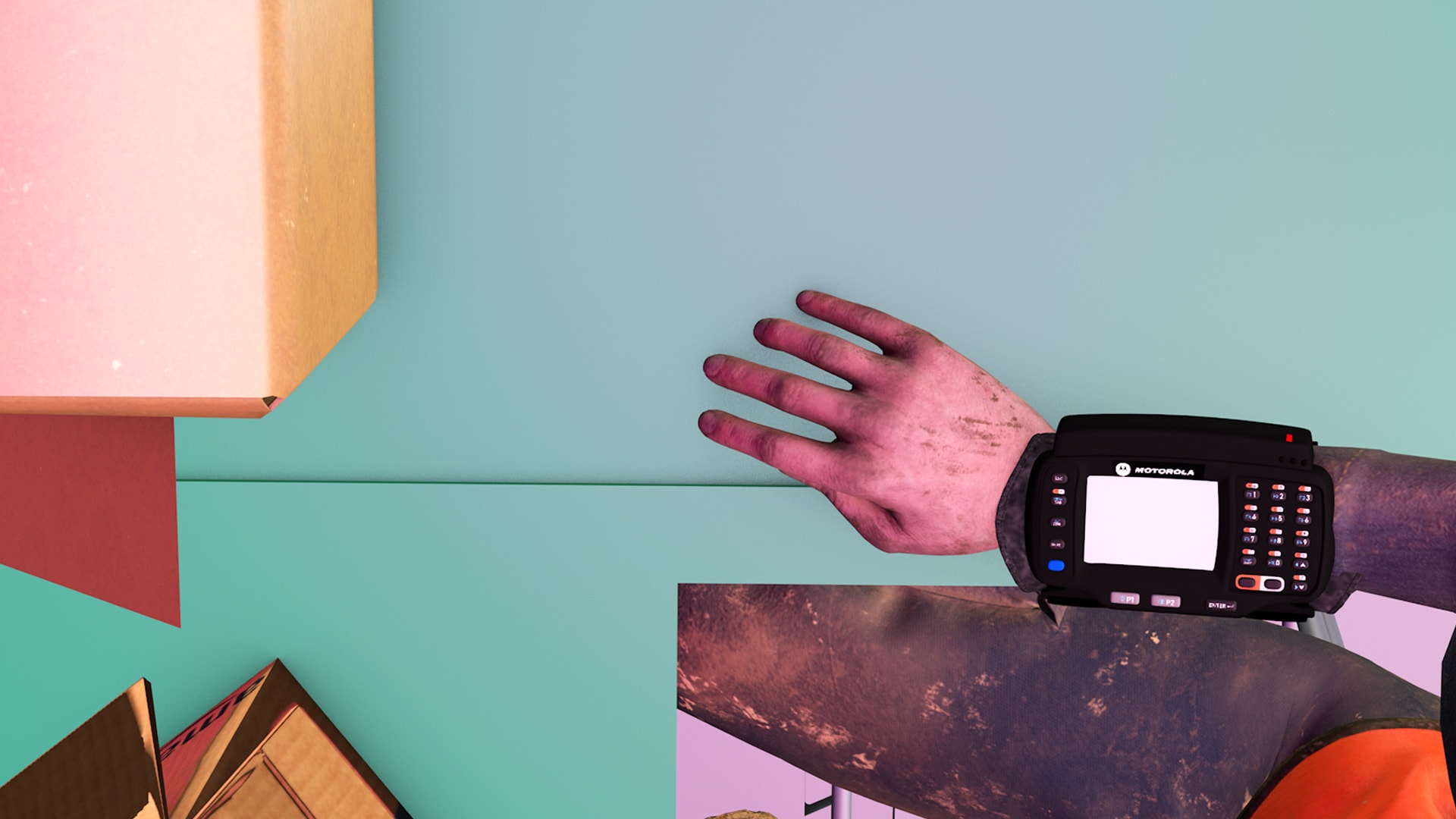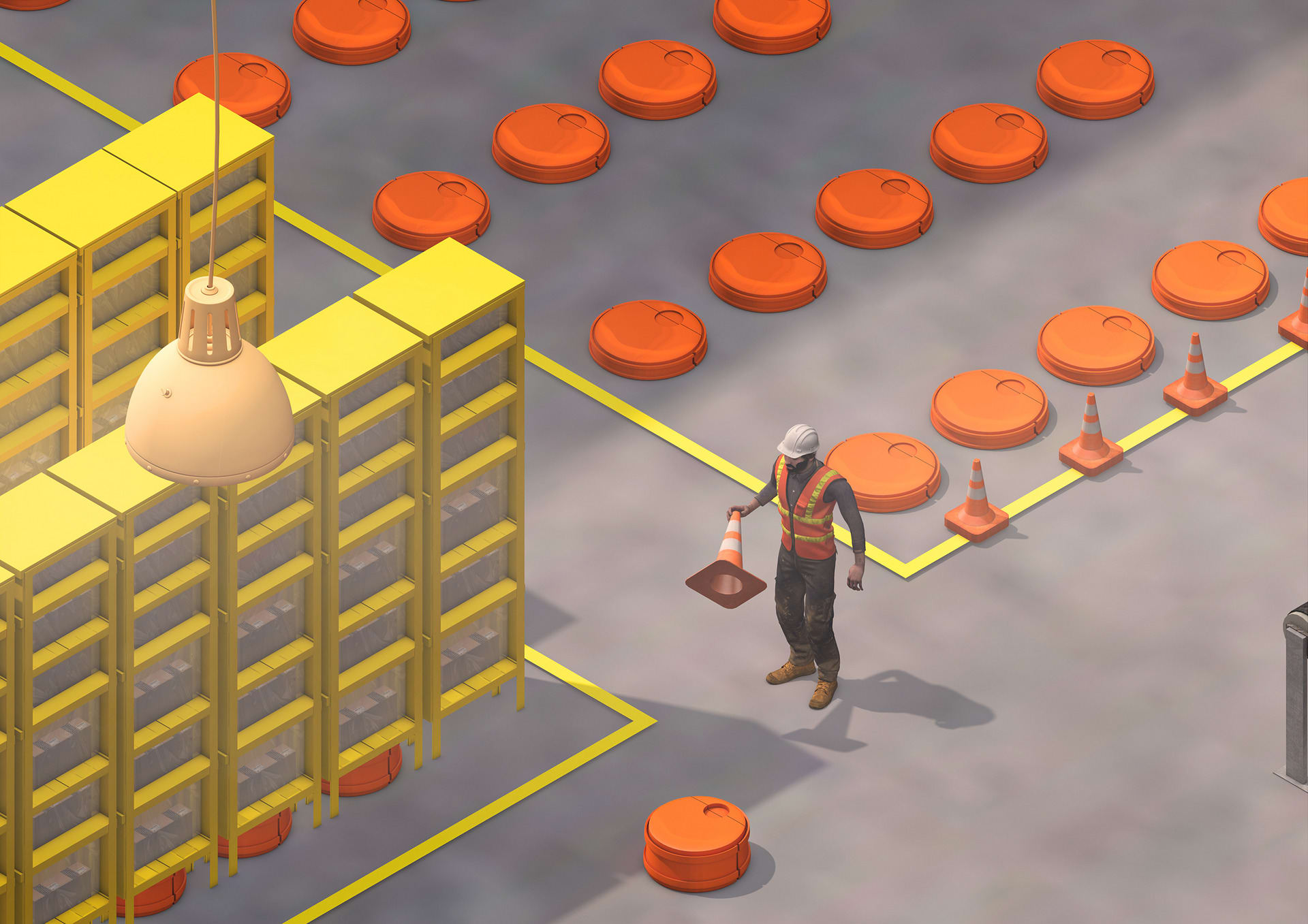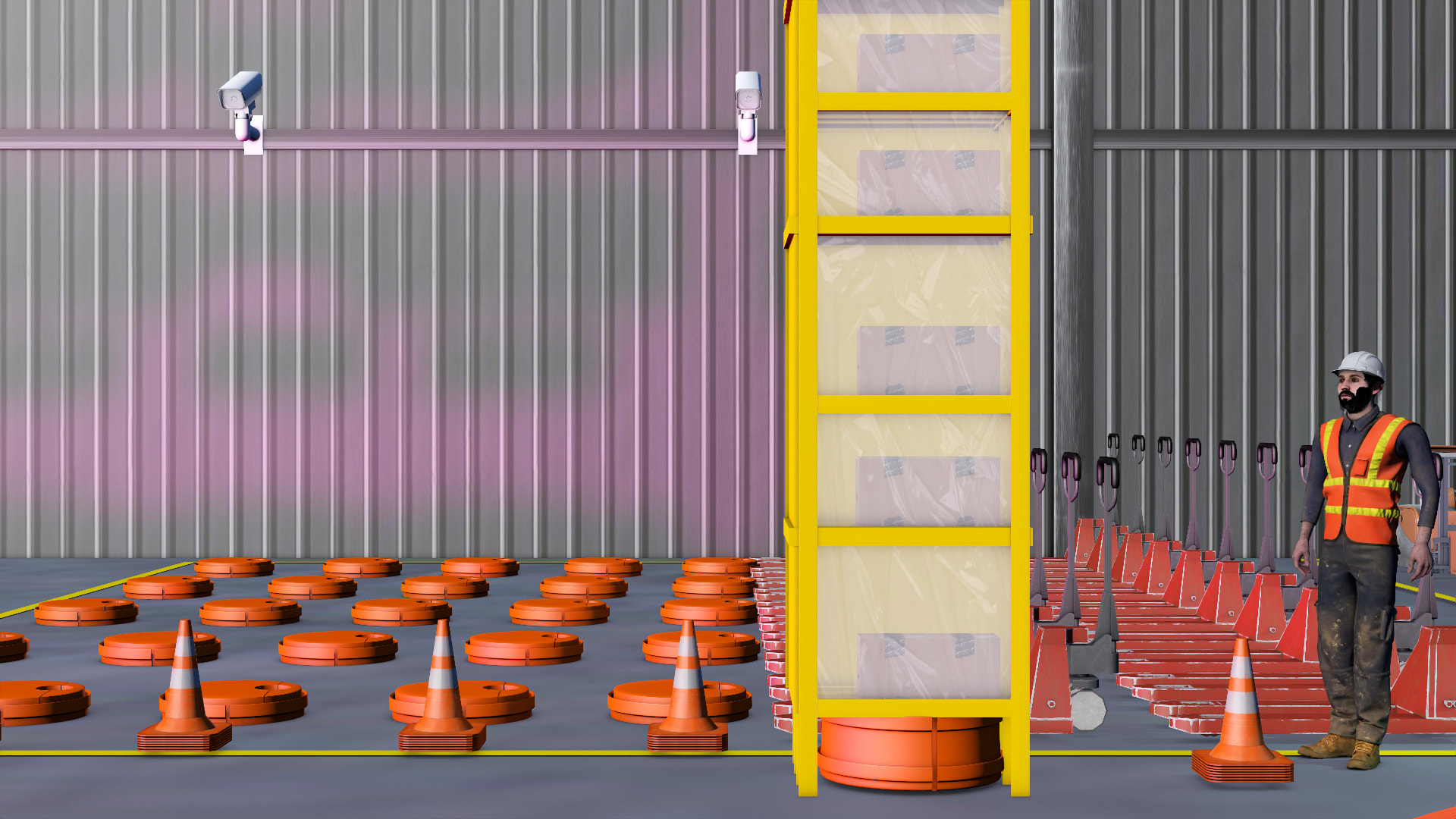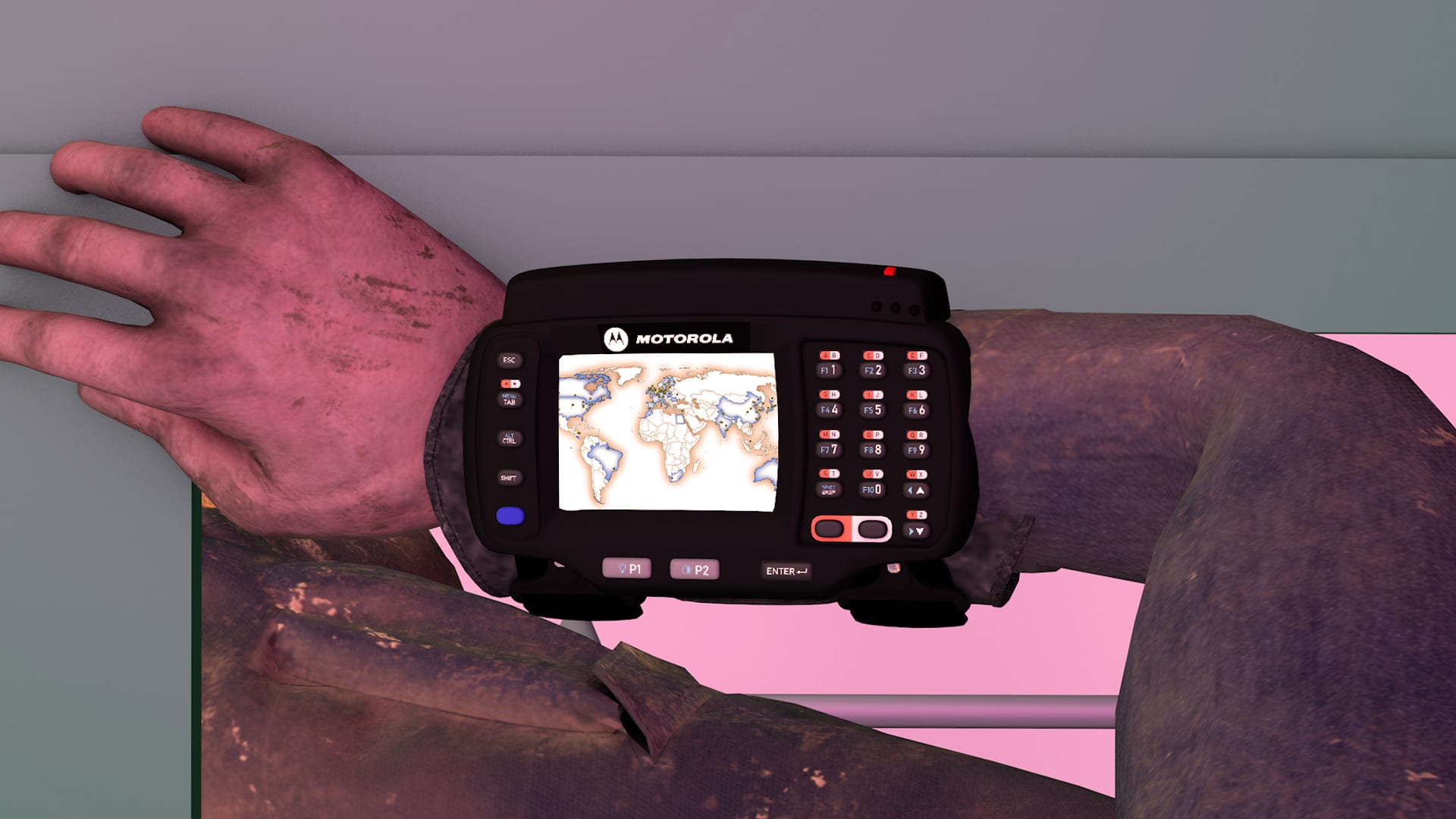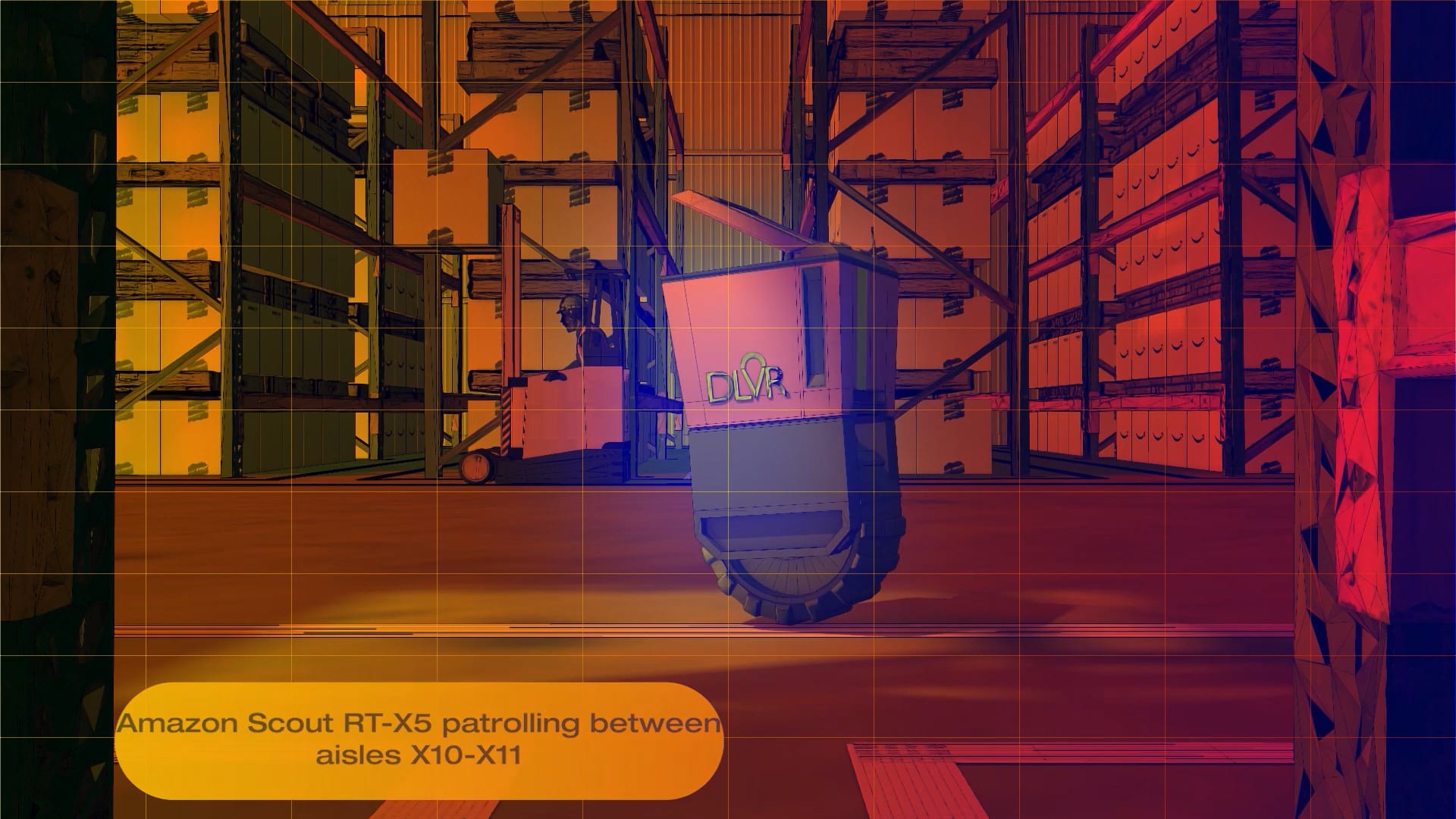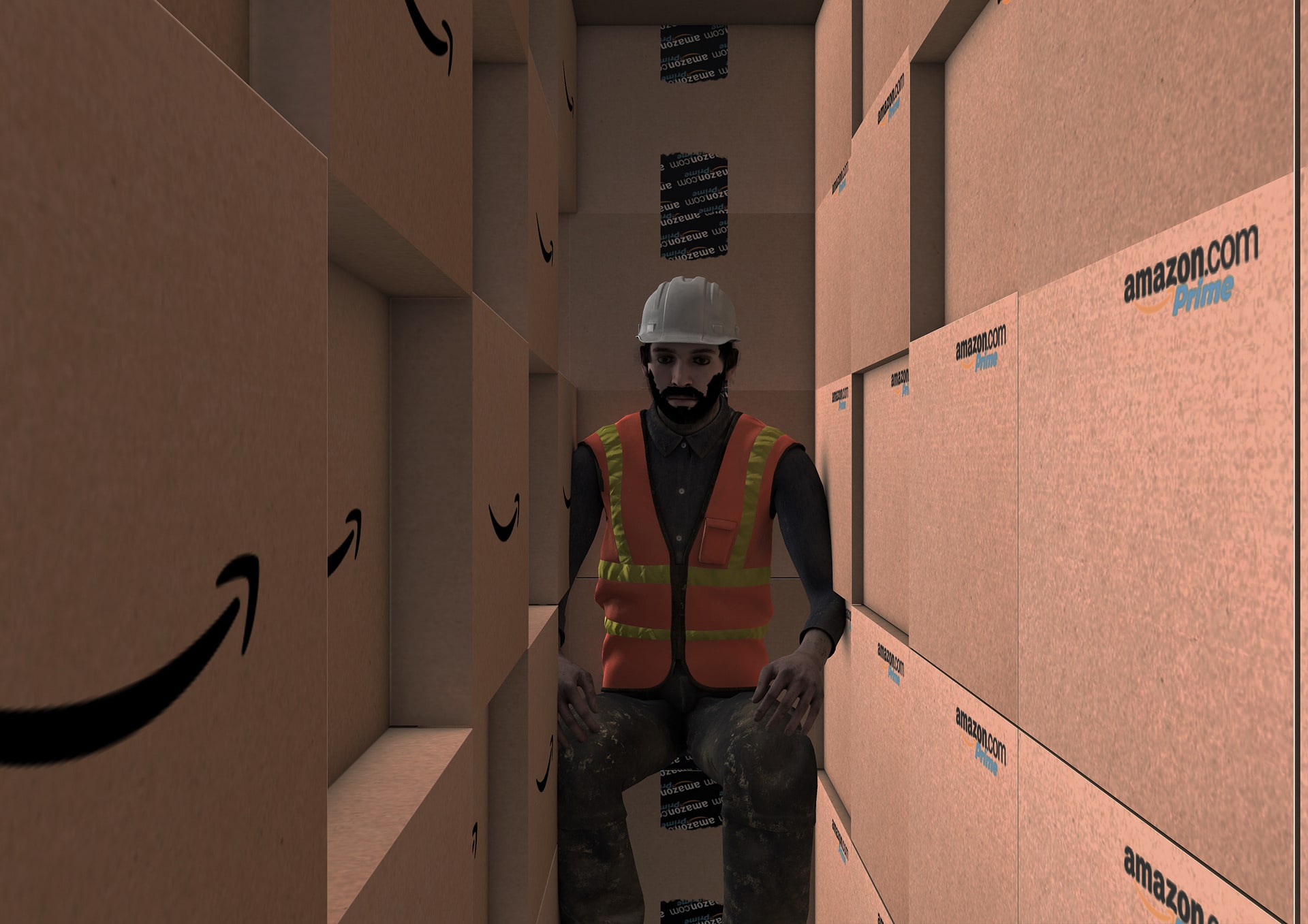Andreea Iliescu is a MA Architecture graduate from the Royal College of Art. Her interests lie at the bridge between art, spatial practice and digital technologies. She investigates architecture through an interdisciplinary lens and converges interests in film, animation and alternative worldbuilding.
Andreea completed an Erasmus exchange at ETSAMadrid while pursuing her undergraduate degree at Cardiff University. She undertook a wide range of volunteering and work experiences, from research into emotional design to residential projects as a Part 1 Architectural Assistant at Martin Edwards Architects. Most notably, she volunteered for AIESEC Brazil, Open City London and was hired by one of the teams at the Terraforming Project at Strelka Institute. In practice, she discovered a newfound passion for museum design and curation and worked for Europe’s leading exhibition design company, Event Communications.
At the RCA, Andreea has been exploring the potential of alternative worldbuilding, negotiating the boundaries between the physical and the digital realms. Her first year project, completed under the tutelage of ADS8: Data Matter(s) - The Gaming Edition, investigated questions of identity and displacement of the Roma community in Romania. Andreea continued expanding on notions of othering in her second year with ADS2 with her thesis "Soundscapes of Resistance". The project utilises learnings from rave culture and applies them into the Amazon Fulfillment Centre to disrupt the surveillance in the space.
Andreea's practice is inherently collaborative - she developed a methodology of collecting first hand research through interviews and testimonies, as well as working across fields and disciplines, most notably with content designers and sound engineers.



